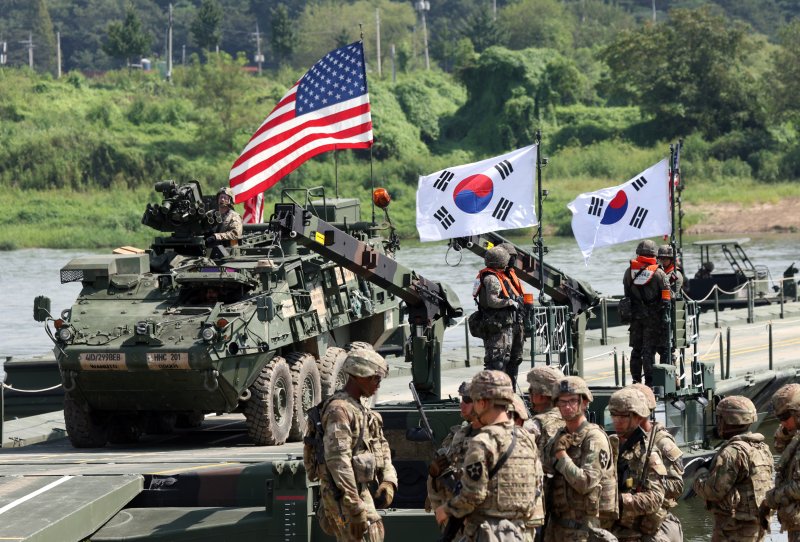Decision on Early OPCON Transfer During Lee Administration Expected Next Year
- Input
- 2025-11-09 16:11:24
- Updated
- 2025-11-09 16:11:24

According to the Ministry of National Defense (MND) on the 9th, the two countries have agreed to complete the Full Operational Capability (FOC) verification, which is the second of three stages for OPCON transfer, by next year. On the 4th, Minister of National Defense Ahn Gyu-back and U.S. Secretary of Defense Pete Hegseth held the 57th Security Consultative Meeting (SCM) in Seoul, where they discussed a wide range of alliance issues including OPCON transfer, increases in South Korea's defense budget, and the construction of nuclear-powered submarines.
The OPCON transfer process consists of a three-stage verification system. The first stage, Initial Operational Capability (IOC), focuses on assessing the basic operational capabilities of the Combined Forces Command. The second stage, Full Operational Capability (FOC) verification, evaluates the command structure operation capabilities of the CFC, which will be led by South Korean military leadership. This critical phase assesses whether all military functions—including command and control, surveillance and reconnaissance, firepower, operational planning, communications, and cyber, space, and missile defense—operate effectively even in wartime.
To counter threats such as North Korea’s nuclear and missile programs, the practical applicability of the South Korean military’s three-axis system—Kill Chain, Korean Air and Missile Defense (KAMD), and Korea Massive Punishment and Retaliation (KMPR)—will be examined.
Kill Chain refers to a military system designed for preemptive response to North Korea’s nuclear and missile threats. Using advanced surveillance and reconnaissance assets such as reconnaissance satellites, unmanned aerial vehicles, and radar, the system aims to quickly detect signs of enemy nuclear or missile launches, identify target coordinates within one minute, select strike weapons within three minutes, and carry out preemptive strikes.
Once FOC verification is completed, the process moves to the final third stage: Full Mission Capability (FMC) evaluation, which leads to the ultimate decision on OPCON transfer. This final assessment verifies that the Combined Forces Command is fully capable of conducting comprehensive operations not only in peacetime but also during wartime.
Minister Ahn Gyu-back stated, "If the second stage verification is passed, the defense ministers of both countries will recommend to their respective presidents the year for Full Mission Capability verification, and after a regional environmental assessment, the OPCON transfer procedure will be carried out." He added, "Our goal is to achieve OPCON transfer within the current administration." Regarding speculation that USFK may be tasked with other missions such as defense against China after OPCON transfer, Minister Ahn dismissed such prospects.
He emphasized, "The purpose of USFK’s presence is to defend the Korean Peninsula. It is not primarily to attack or defend against a third country, so it is not an issue that can be decided unilaterally by any one nation." For OPCON transfer, the establishment of various advanced reconnaissance systems is necessary. The government is reportedly planning to purchase nearly 36 trillion won worth of essential U.S.-made weapons required for OPCON transfer during the Lee Jae-myung administration.

rainman@fnnews.com Kim Kyung-soo Reporter